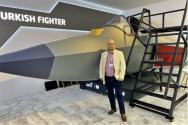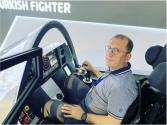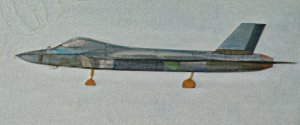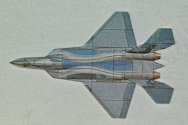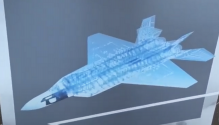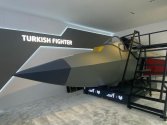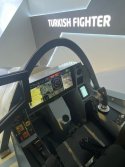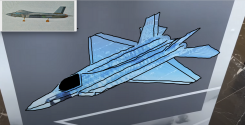3 New Cooperation Agreements Between TAI and Airbus
Three new collaborations were signed between Turkish Aerospace Industries and Airbus. The signed contract will cover the A350F's barrier wall, the A320 series 18 and 19 section combination, as well as the A220 series Mid Underbody Panels.
Starting from 2024, throughout the entire program, Turkish Aerospace Industries, which will be the Single Source Supplier of the A350F Platform – Barrier Wall, will design, manufacture and supply the Barrier Wall for the A350F Platform, one of the newest platforms of wide-body cargo aircraft that will shape the future of air transport. Turkish Aerospace Industries will be responsible for 50 percent of the production and assembly work of the 18/19 Sections of the Airbus A320 Single Corridor Series. Turkish Aerospace Industries will also produce and deliver the Middle Lower Body Panels of the A220 Series Platforms as a Single Source Supplier as of 2023.
Providing thousands of parts and components to Airbus platforms for more than 20 years, Turkish Aerospace Industries continues to produce A350XWB Winglets, A330 Rudder, A320 Section 18 and Section 19.
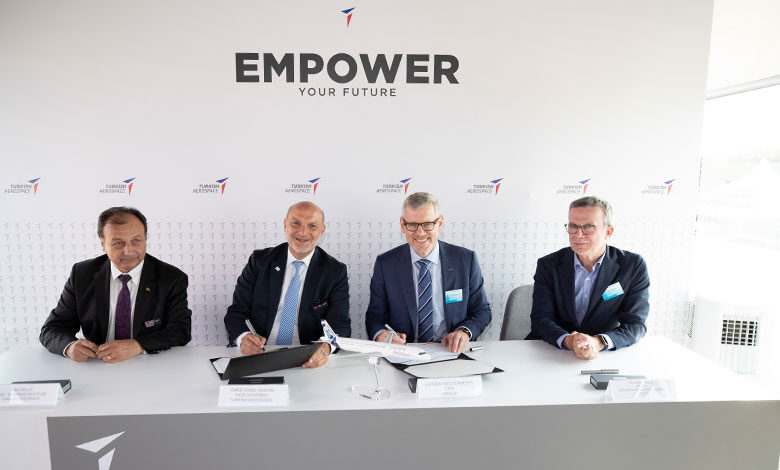
________________________________________________________________________________________________________________________________________________
How is TAI managing all these projects? Don't they have their hands full?
Three new collaborations were signed between Turkish Aerospace Industries and Airbus. The signed contract will cover the A350F's barrier wall, the A320 series 18 and 19 section combination, as well as the A220 series Mid Underbody Panels.
Starting from 2024, throughout the entire program, Turkish Aerospace Industries, which will be the Single Source Supplier of the A350F Platform – Barrier Wall, will design, manufacture and supply the Barrier Wall for the A350F Platform, one of the newest platforms of wide-body cargo aircraft that will shape the future of air transport. Turkish Aerospace Industries will be responsible for 50 percent of the production and assembly work of the 18/19 Sections of the Airbus A320 Single Corridor Series. Turkish Aerospace Industries will also produce and deliver the Middle Lower Body Panels of the A220 Series Platforms as a Single Source Supplier as of 2023.
Providing thousands of parts and components to Airbus platforms for more than 20 years, Turkish Aerospace Industries continues to produce A350XWB Winglets, A330 Rudder, A320 Section 18 and Section 19.

________________________________________________________________________________________________________________________________________________
How is TAI managing all these projects? Don't they have their hands full?

